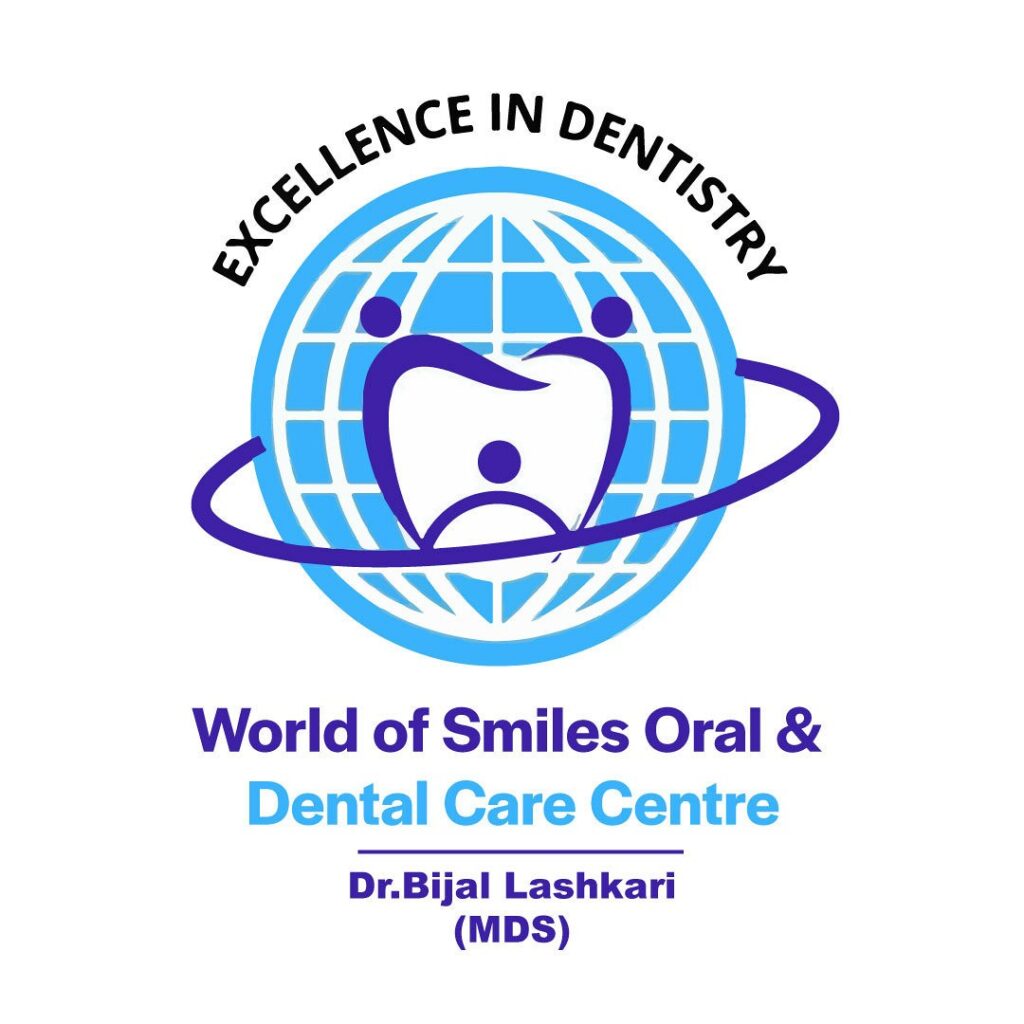Services

Dental Cleanings and Check-ups
Regular dental cleanings and check-ups play a vital role in preserving a healthy smile. During a cleaning session, a dental hygienist removes accumulated plaque and tartar, which aids in preventing gum disease and cavities. Consistent check-ups serve to identify oral health concerns at an early stage, thereby diminishing the necessity for invasive procedures. Indications of inadequate oral hygiene encompass halitosis, bleeding gums, and dental decay. To mitigate these issues, it is advisable to adhere to a routine of twice-daily brushing, regular flossing, and biannual dental visits. Timely identification and management of oral health issues can result in savings of time, money, and discomfort in the long term.

Fillings
Fillings serve as dental solutions to address teeth damaged by decay or injury. In the filling process, the dentist eliminates the decayed segment of the tooth, sanitizes the affected region, and fills the void with a resilient material like composite resin, amalgam, gold, or porcelain. By restoring the tooth's structure, functionality, and strength, fillings avert further decay and discomfort. Common indicators necessitating a filling include tooth sensitivity, discomfort while chewing, and noticeable indentations or cavities in the tooth. Adopting good oral hygiene practices such as regular brushing, flossing, and dental examinations can aid in averting the requirement for fillings.
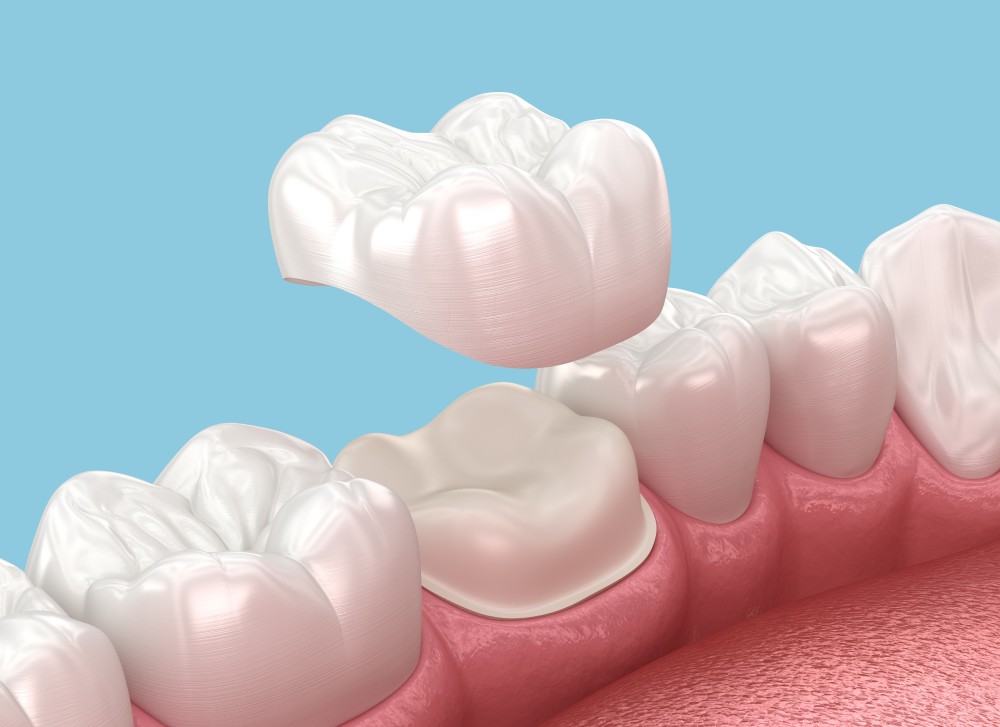
Dental Crowns
Dental crowns, also known as caps, are utilized to revive damaged teeth by encasing them with tailor-made prosthetic coverings. These crowns shield teeth against further harm while restoring their shape, resilience, and aesthetic appeal. They are typically recommended for teeth afflicted with extensive decay, fractures, substantial fillings, or following root canal therapy. The procedure involves tooth preparation, impression-taking, and the fabrication and bonding of a custom crown onto the tooth. Crowns can be crafted from various materials including porcelain, ceramic, metal alloys, or a blend of these materials. They offer enduring protection, reinforcement, and aesthetic enhancement, enabling patients to eat, talk, and smile confidently.
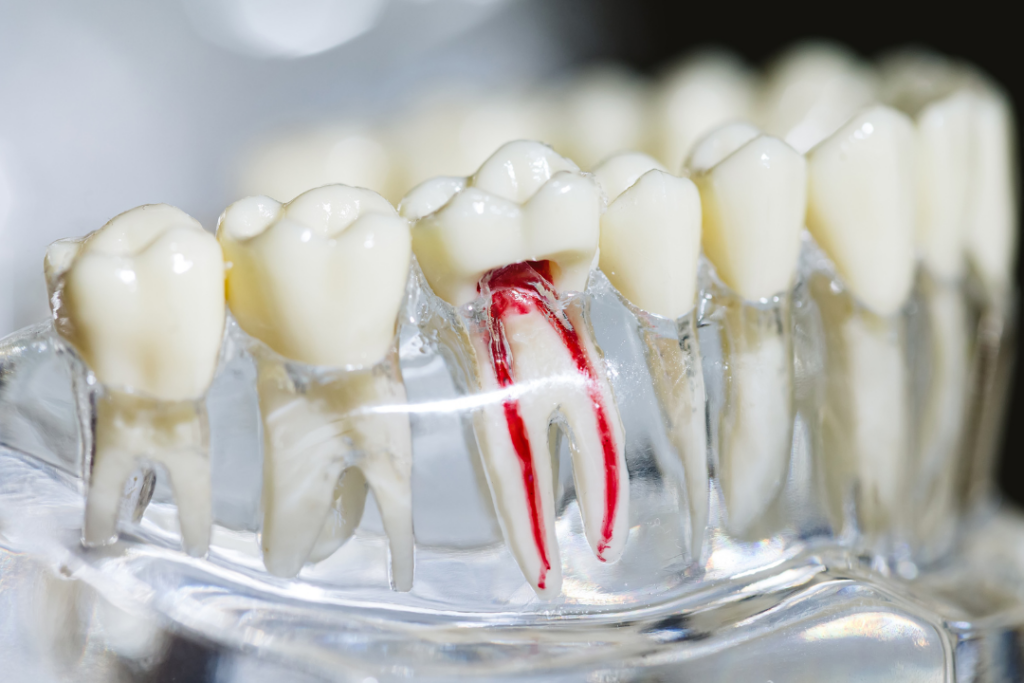
Root Canals
Root canals are dental interventions conducted to salvage severely infected or decayed teeth. In this procedure, the dentist eliminates the infected or damaged pulp residing within the tooth, cleanses and disinfects the root canal area, and subsequently fills and seals it to forestall additional infection. This process serves to alleviate pain, swelling, and other symptoms associated with tooth infections. Root canals are typically advised when the extent of infection or decay surpasses what a simple filling can address. Following a root canal, a crown may be affixed to reinstate the tooth's durability and functionality. Timely identification and management of tooth infections can often obviate the necessity for extraction.
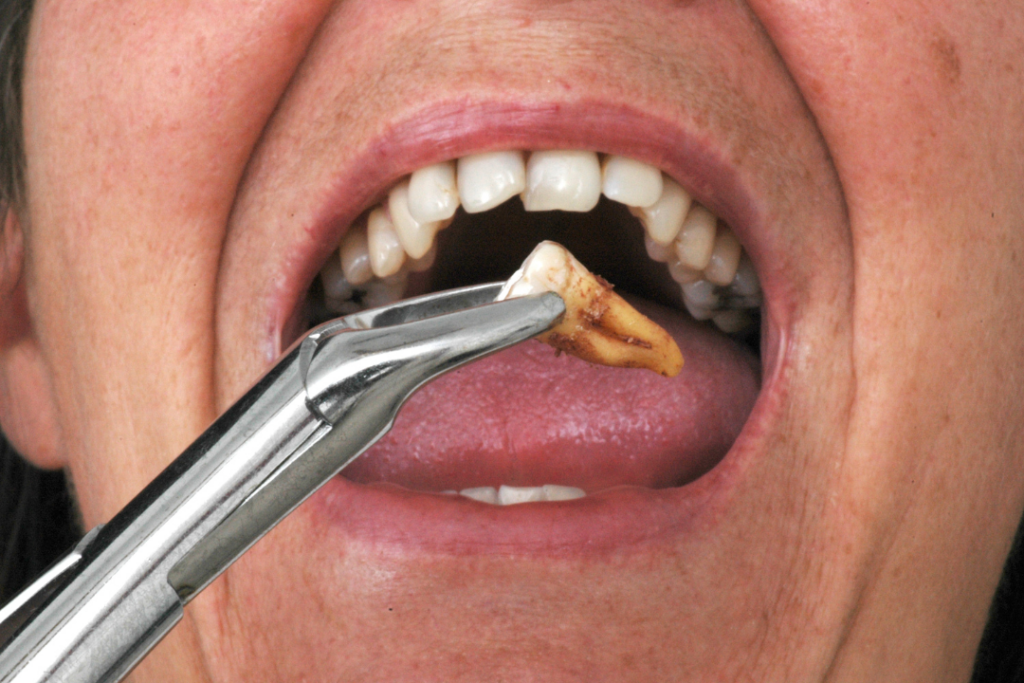
Tooth Extractions
Tooth extractions involve the removal of a tooth from its socket within the jawbone, a dental procedure conducted for a variety of reasons such as severe decay, infection, crowding, or irreparable damage. Prior to extraction, the dentist administers local anesthesia to numb the area, ensuring minimal discomfort. In certain instances, sedation may also be employed to aid patient relaxation during the procedure. Following extraction, the dentist may apply stitches and furnish post-operative care instructions. Tooth extractions, when conducted by proficient dentists, are typically uncomplicated procedures that serve to alleviate pain and forestall further oral health complications.

Orthodontic Treatment
Orthodontic treatment encompasses the rectification of misaligned teeth and jaws to enhance both oral health and aesthetics. Frequently encountered orthodontic concerns encompass issues like crooked teeth, overcrowding, overbites, underbites, and gaps between teeth. The primary objective of orthodontic treatment is to straighten teeth, rectify bite alignment, and augment facial symmetry. Various methods, including traditional braces, clear aligners (such as Invisalign), and other appliances, may be employed to gradually reposition teeth to their desired alignment. While orthodontic treatment is commonly initiated during childhood or adolescence.

Dental Implants
Dental implants are titanium posts surgically implanted into the jawbone to replace missing tooth roots. They serve as a robust foundation for artificial teeth, providing unparalleled stability, durability, and functionality compared to conventional dentures or bridges. Following integration with the jawbone, a personalized dental crown, bridge, or denture is affixed to the implant, effectively restoring the appearance and functionality of the absent tooth or teeth. Dental implants closely mimic the look, feel, and performance of natural teeth, empowering patients to eat, speak, and smile confidently.
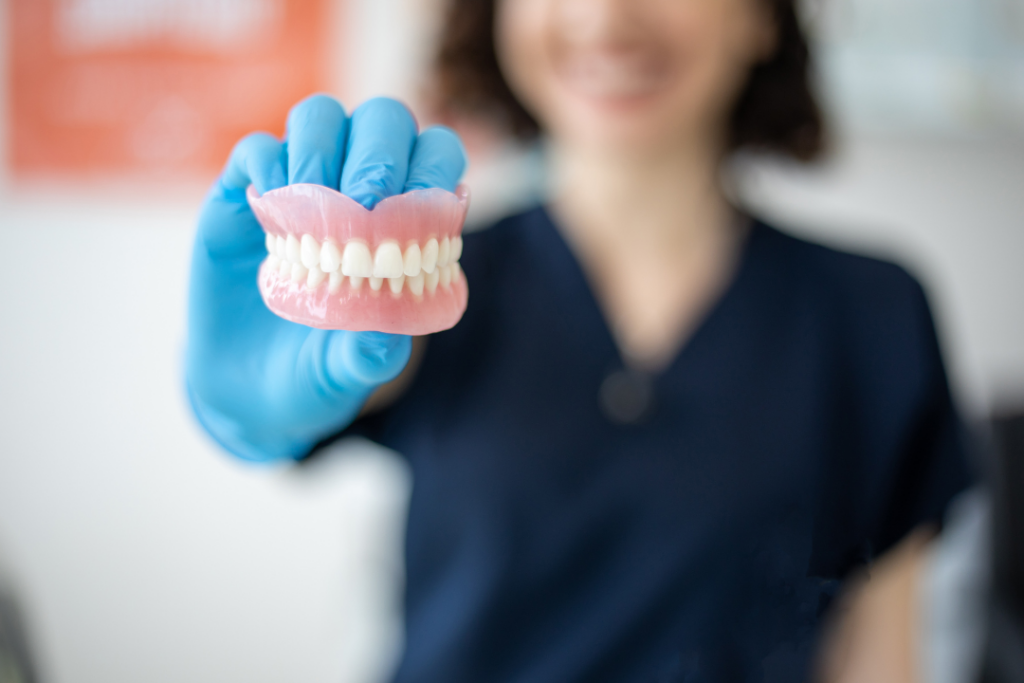
Dentures
Dentures are custom-made removable prosthetic devices utilized to substitute missing teeth and surrounding tissue. They are available in two primary varieties: partial dentures, designed to replace a few missing teeth, and complete dentures, crafted to replace all teeth in one or both jaws. Tailored to fit the individual's mouth precisely, dentures restore the capacity to eat, speak, and smile with confidence. While conventional dentures rest atop the gums, implant-supported dentures affix to dental implants for enhanced stability. With diligent upkeep and necessary adjustments, dentures can offer enduring functionality and aesthetics.

Teeth Whitening
Teeth whitening stands as a favored cosmetic dental treatment aimed at brightening tooth color and eliminating stains. Employing bleaching agents such as hydrogen peroxide, it infiltrates enamel to disperse discoloration. Choices encompass in-office procedures for swift outcomes and at-home kits dispensed by dentists or accessible over-the-counter. Although typically safe, it is advisable to undergo this procedure under dental oversight, particularly for individuals with oral health concerns or sensitivity. Routine dental appointments and abstaining from foods and beverages prone to staining aid in upholding results.
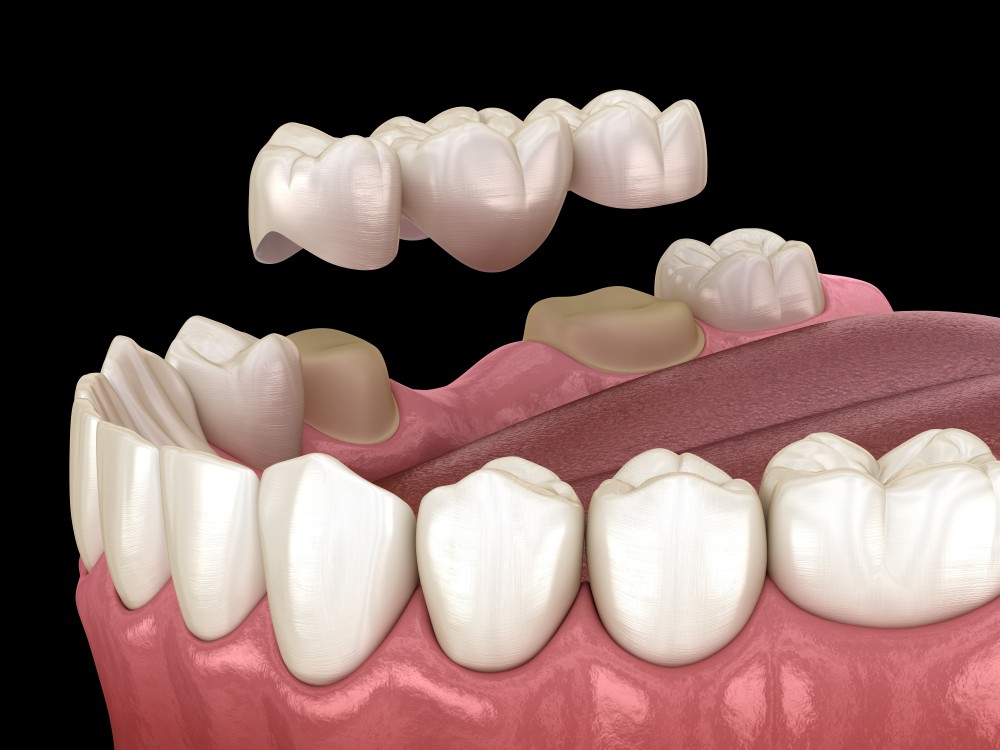
Dental Bridges
Dental bridges serve as permanent prosthetic solutions for replacing one or more missing teeth by spanning the space between adjacent natural teeth or dental implants. Comprising artificial teeth, termed pontics, they are secured to neighboring teeth or implants, referred to as abutments. Dental bridges effectively restore both the appearance and function of missing teeth, enhancing chewing capability, speech, and aesthetics. They also prevent adjacent teeth from shifting and contribute to maintaining facial structure. Crafted from a range of materials such as porcelain, ceramic, metal alloys, or a blend, dental bridges.

Oral Surgery
Oral surgery encompasses an extensive array of surgical interventions conducted within the mouth and jaw region by oral and maxillofacial surgeons. These procedures span from tooth extractions and wisdom tooth removal to dental implant placement, corrective jaw surgery, and treatment for oral diseases or injuries. Often essential for addressing concerns like impacted teeth, facial trauma, congenital defects, or severe dental conditions, oral surgery plays a vital role in restoring oral health and functionality. Before undergoing surgery, patients undergo a comprehensive evaluation and consultation with their surgeon to explore treatment alternatives and set expectations.

Pediatric Dentistry
Pediatric dentistry is dedicated to delivering dental care tailored to children from infancy through adolescence. Specializing in the distinct oral health needs of young patients, pediatric dentists prioritize promoting oral hygiene habits and preventing dental issues. Their services encompass a broad spectrum of offerings for children, including dental examinations, cleanings, fluoride applications, sealants, cavity treatments, and orthodontic assessments. Pediatric dentists cultivate a child-friendly atmosphere to foster comfort and relaxation during dental visits, often employing strategies like positive reinforcement and distraction techniques.
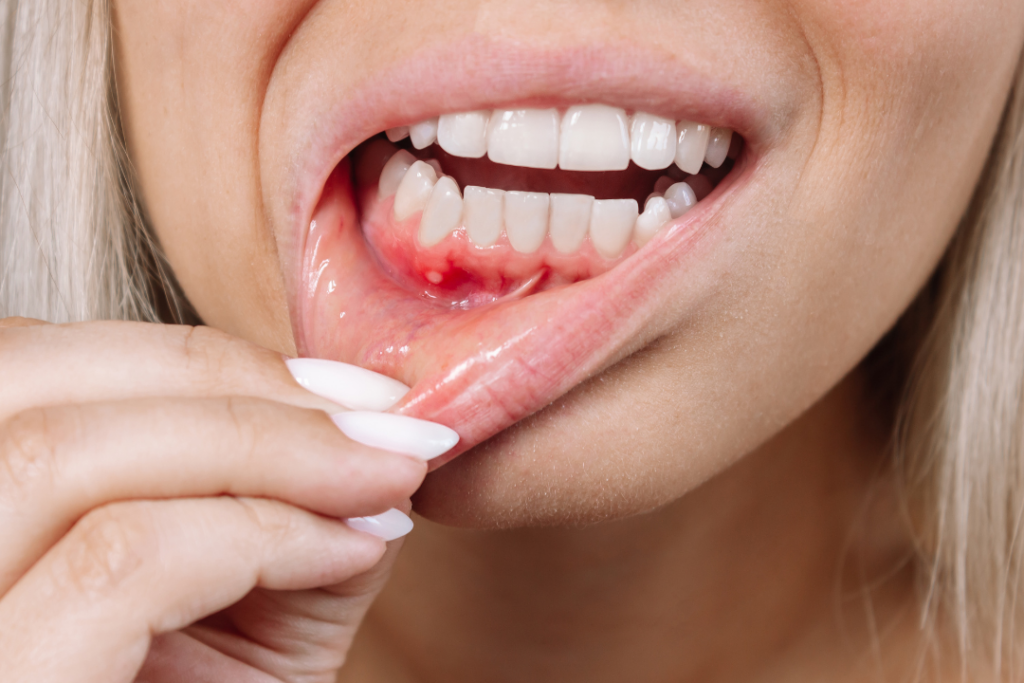
Gum Disease Treatment
Gum disease treatment involves a variety of procedures aimed at managing and reversing periodontal disease, performed by periodontists or dental professionals specializing in gum health. These treatments range from non-surgical methods like scaling and root planing to more advanced surgical interventions such as flap surgery, bone grafts, and guided tissue regeneration. Essential for addressing issues such as inflammation, infection, and bone loss caused by gum disease, these treatments help restore periodontal health and prevent tooth loss.
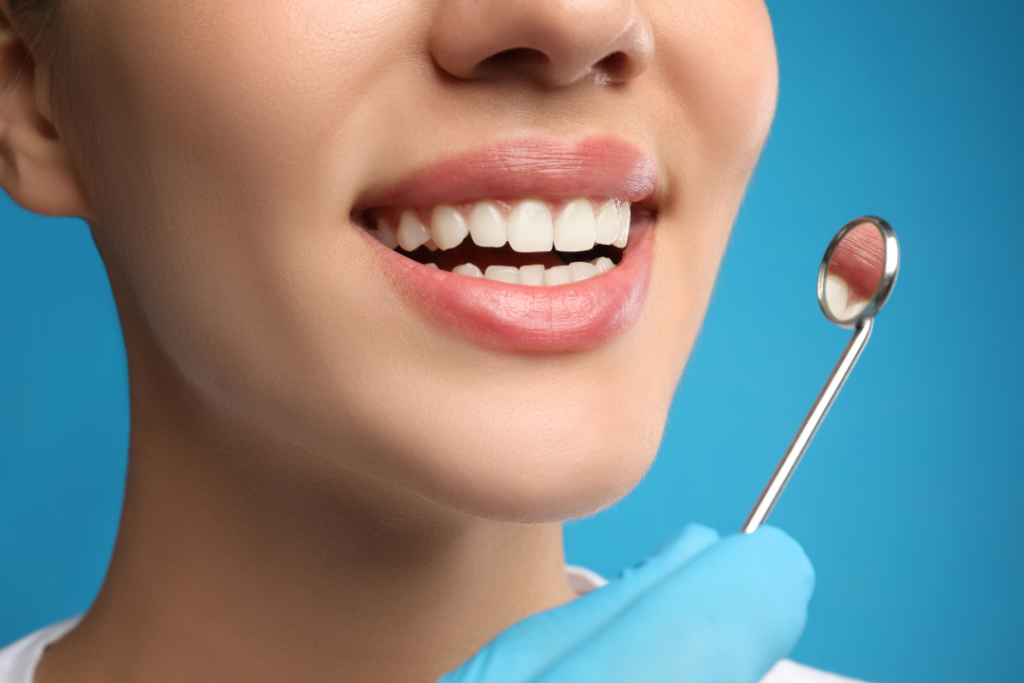
Cosmetic Dentistry
Cosmetic dentistry encompasses a wide range of dental procedures aimed at enhancing the appearance of the teeth, gums, and overall smile. Performed by cosmetic dentists, these treatments include teeth whitening, veneers, bonding, crowns, and orthodontics such as Invisalign. Cosmetic dentistry addresses concerns like discolored, chipped, misshapen, or misaligned teeth, significantly improving both the aesthetics and confidence of patients. Before undergoing any cosmetic procedure, patients engage in a detailed consultation to discuss their goals, explore available options, and understand the expected outcomes.
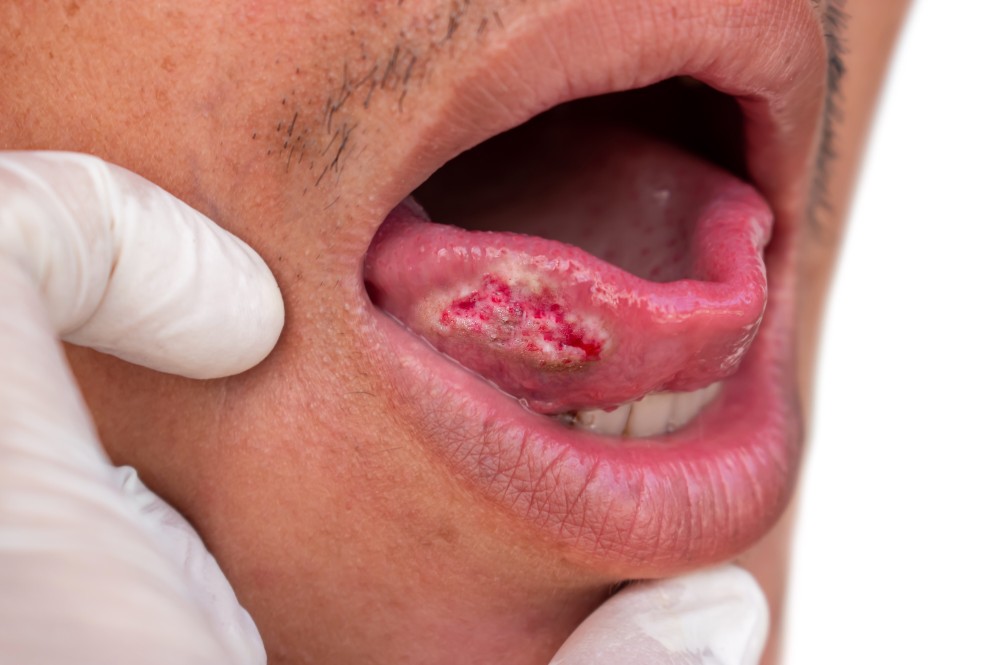
Oral Cancer Screening
Oral cancer screening involves a series of examinations and tests conducted by dental professionals to detect early signs of cancer or precancerous conditions in the mouth. These screenings are crucial for identifying abnormalities such as sores, lumps, or discolored tissues that could indicate the presence of oral cancer. The process typically includes a visual inspection of the mouth, throat, and tongue, as well as palpation to feel for unusual masses. Advanced diagnostic tools like special lights or dyes may also be used to highlight abnormal cells.
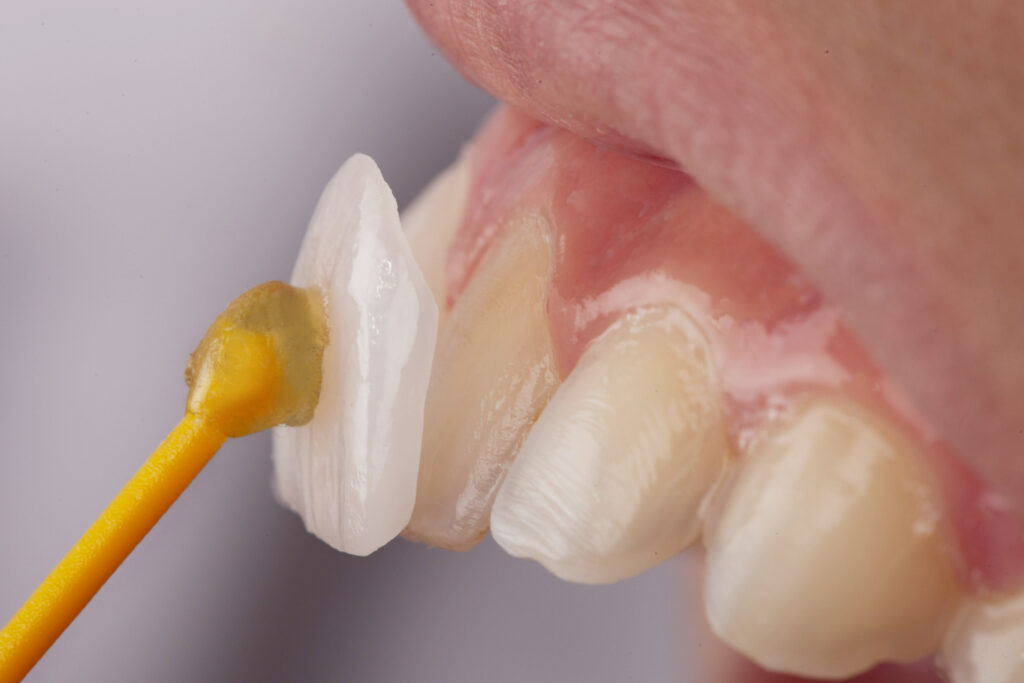
Dental Veneers
Dental veneers are thin, custom-made shells designed to cover the front surface of teeth to enhance their appearance. Typically made from porcelain or composite resin, veneers are used to address a variety of cosmetic issues, including discoloration, chips, gaps, and misalignment. The process of getting veneers involves several steps: a consultation to determine suitability, preparation of the teeth by removing a small amount of enamel, and taking impressions to create the veneers. Once fabricated, the veneers are bonded to the teeth with a strong adhesive.
